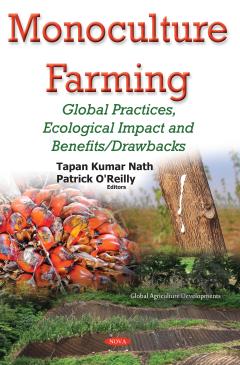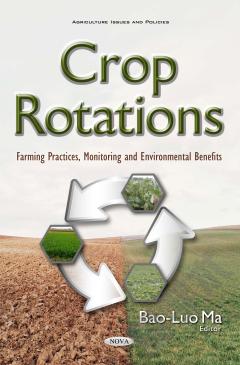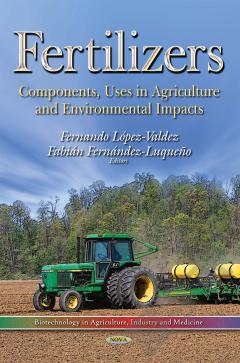Monoculture Farming: Global Practices, Ecological Impact and Benefits/Drawbacks
Monoculture farming is nowadays a widespread practice throughout the world. In order to meet the food demand of rapidly increasing populations, the diverse agroecosystems have been converted mostly into single cropping sectors. Even though food productivity with high input has been boosted to some extent, it is at the cost of local biodiversity loss. This book, drawing examples from several tropical and sub-tropical countries, documents some of the most prevailing monoculture practices and their socio-economic and environmental influences. It describes widespread commercial monoculture of rubber and oil palm, as well as the invasion of exotic mono-plantations in the forestry sector. Both rubber and oil palm are highly lucrative businesses, and these industries have brought positive impacts on rural development, regional economies, including lifting small farmers out of poverty. The rapid expansion of oil palm and rubber in the last few decades has resulted in widespread deforestation, biodiversity loss, and carbon emissions in the tropics, and has also negatively affected the livelihoods of many local communities. Similar effects have also been observed in the case of the conversion of heterogenous forests into monocuture plantations. An integrated land use planning approach is suggested in order to minimize the negative impacts and maximize the positive benefits of monoculture farming. Further, enhancing plant-soil microbial interactions through innoculation of arbuscular mycorrhiza fungi for soil fertility management is also suggested. With up-to-date information on this subject matter, this book will benefit researchers, academics, students, policymakers and practitioners.
{{comment.content}}








 京公网安备 11010802027623号
京公网安备 11010802027623号